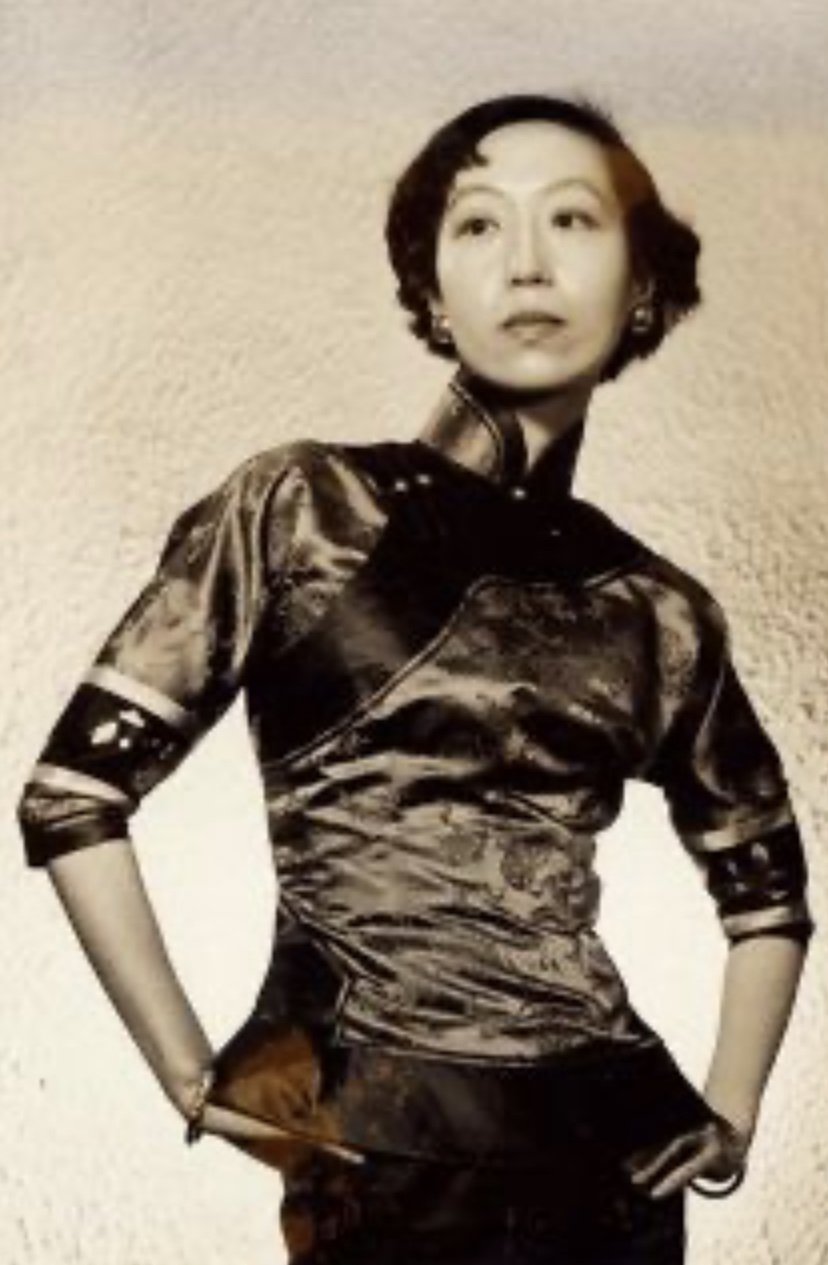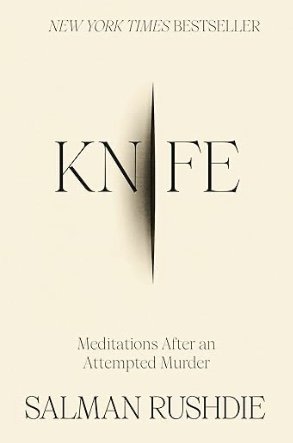Evergreen by Naomi Hirahara (Soho)
When Aki Nakasone and her parents return to Los Angeles after years in an internment camp and an involuntary relocation to Chicago, their hometown feels unwelcoming and unfamiliar. “Ban the Jap” committees prevent them from moving into many areas in the city, Little Tokyo is filled with Black transplants from the South, and Aki feels lucky to find a house in the Jewish neighborhood of Boyle Heights. Many others who have returned from the camps can only find temporary housing in trailers and old army barracks.
She’s also fortunate to land a job in the Japanese Hospital as a nurse’s aid, because California is mulling over propositions that will limit the livelihoods open to Japanese Americans. There are rumors that the state intends to confiscate property owned by Japanese Americans under an act of escheat, and the Ku Klux Klan is a legal entity under California law.
When one of Aki’s elderly patients turns out to be covered with bruises, she’s surprised to find that the old man is the father of one of her husband’s best friends, who was best man at her wedding. His dismissive reaction to his father’s injuries shocks Aki and when the old man later dies in the hospital from a gunshot wound, her suspicions flare into life when the son is nowhere to be found.
As Aki searches for the missing son, she becomes drawn into the scattered community of internment camp returnees and the underworld that flourishes in post-war Los Angeles. Police corruption and rampant prejudice impede her efforts to find the dead man’s only relative, plunging her into a perilous and frightening mission. To complicate matters, the man Aki married in a whirlwind wartime romance has come home from the battlefield with memories that trouble his sleep and have turned him into a stranger.
In this sequel to Clark and Division (Asia by the Book, July 2022), Naomi Hirahara once again uses a compelling mystery to bring past history to light. Aki’s husband is one of the “Go for Broke Boys,” a member of the 442nd Regimental Combat Team, part of the 100th Infantry Battalion that fought in Europe while their own families were interned in U.S. camps. In less than two years these two units earned over 4000 Purple Hearts and 4000 Bronze Star medals, only to face discrimination when they returned to the United States. In a heartbreaking portion of Evergreen, a member of the 442nd is unable to marry the woman he loves unless the couple elopes to another state--California’s anti-miscegenation law isn’t repealed until 1948, three years after the war ended.
Hirahara’s deep dive into history and her skill in creating intricate mystery plots are brightened by bursts of descriptions that are original and lovely. “Palm trees swaying against a bleed of pink,” and “windows spilled sun on tile floors” make readers understand why Aki and her family, along with so many other, returned to Los Angeles and fought against steep and daunting odds to make it their home once again. ~Janet Brown






